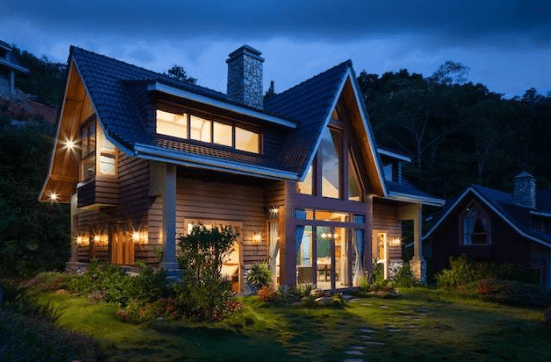Old or damaged homes may be given new life via restoration, a transforming process. The restoration process may be difficult and gratifying, depending on whether you’re trying to repair a historic building or a house damaged by a calamity. This guide will go through the main procedures involved in house restoration and offer helpful advice to assist you in revitalizing your prized property.
Assessing the Scope of Restoration
Any restoration effort must begin by determining the extent of the work needed. Make a comprehensive check of your house to spot any sections needing replacement, remodeling, or repair. This involves assessing the structural soundness, the plumbing and electrical systems, and any aesthetically problematic areas. Engage experts, such as designers or builders, to assist you in determining the scope of restoration required and creating a thorough action plan. A thorough inspection ensures that all required repairs are considered and lays a strong basis for the remaining restoration steps.
Preserving Historical Features
Preserving your historic home’s distinctive architectural elements is frequently a primary concern during the repair process. Research your property’s architectural style and historical importance to comprehend its original design features. Work with restoration professionals specializing in maintaining historical structures to guarantee that the restoration is loyal to the historical aesthetics and materials. This can entail exacting craftsmanship, locating materials from the appropriate era, and abiding by regional historical laws. You honor the home’s history and retain its authenticity by maintaining its historic characteristics.
Repairing Structural and Foundation Issues
For your house to remain stable over time, addressing structural and foundation concerns is essential. Hire a skilled structural engineer to inspect the building for any cracks, settlement, or other structural problems. Solutions might include simple fixes up to major foundation reinforcement, depending on the problem’s seriousness. To stop future damage and protect the security of your house, it’s crucial to address these problems as soon as possible throughout the restoration process. By prioritizing structural repairs, you provide a solid and reliable foundation for subsequent restoration efforts.
Bringing Back Interior Spaces
Your home’s internal rooms must be repaired, refinished, and updated to be restored. This could entail fixing broken floors, walls, and ceilings, upgrading outmoded appliances or fixtures, and refinishing original woodwork. Pay close attention to detail, like period-appropriate moldings, hardware, and finishes, to preserve the home’s original charm while adding modern amenities. Restoring your home’s interior areas increases its functioning and fosters a warm and attractive atmosphere.
Renovating Bathrooms and Kitchens
The kitchen and bathroom are frequently the focus of home renovation initiatives. It’s important to strike a balance between practicality and beauty while updating these areas. Consider updating your plumbing and electrical wiring, putting in energy-saving fixtures, and picking enduring materials that go well with your home’s overall design. By combining vintage-inspired components with modern design trends, you may maintain the charm in older homes. Renovating your kitchen and bathroom improves daily life and increases the value of your house.
Enhancing Curb Appeal
The curb appeal of your house is determined by its appearance. Renovating the façade, the landscaping, and the outside areas contribute to improved curb appeal. To give the outside some new life, fix or repair any broken siding, windows, or doors and add fresh paint. Gardens, grass, and intelligent hardscaping elements may create a welcoming landscape. The result is a home that has an eye-catching appearance and exhibits your sense of style. Increasing the curb appeal makes it more enjoyable for you to live there and makes a good first impression on guests and possible purchasers.
Hiring a Reliable Restoration Company
Choosing a restoration company is one of the most important choices you’ll make when starting a house restoration project. By selecting the best partner, you can be confident that your project will be carried out with knowledge, effectiveness, and extreme care. Choose a restoration business that has a proven track record in the field. Consider their number of performed successful projects, years of experience, and areas of restoration expertise. A business with vast experience and knowledge will be more aware of the special difficulties that could appear throughout the restoration procedure.
Conclusion
In conclusion, house restoration is a thorough process that includes determining the extent of the work, protecting historical elements, fixing structural problems, restoring interior spaces, improving curb appeal, and ensuring the property is energy efficient. By following these instructions and working with qualified specialists, you may effectively revitalize your house and make a place that represents your style, respects its history, and satisfies your current living demands.



